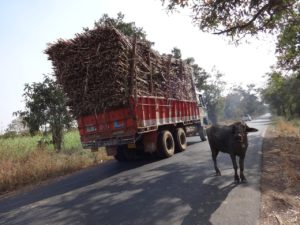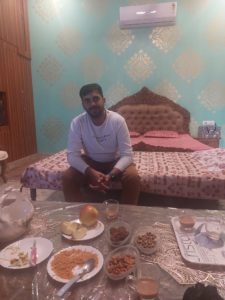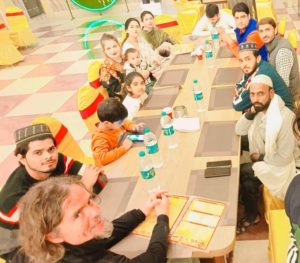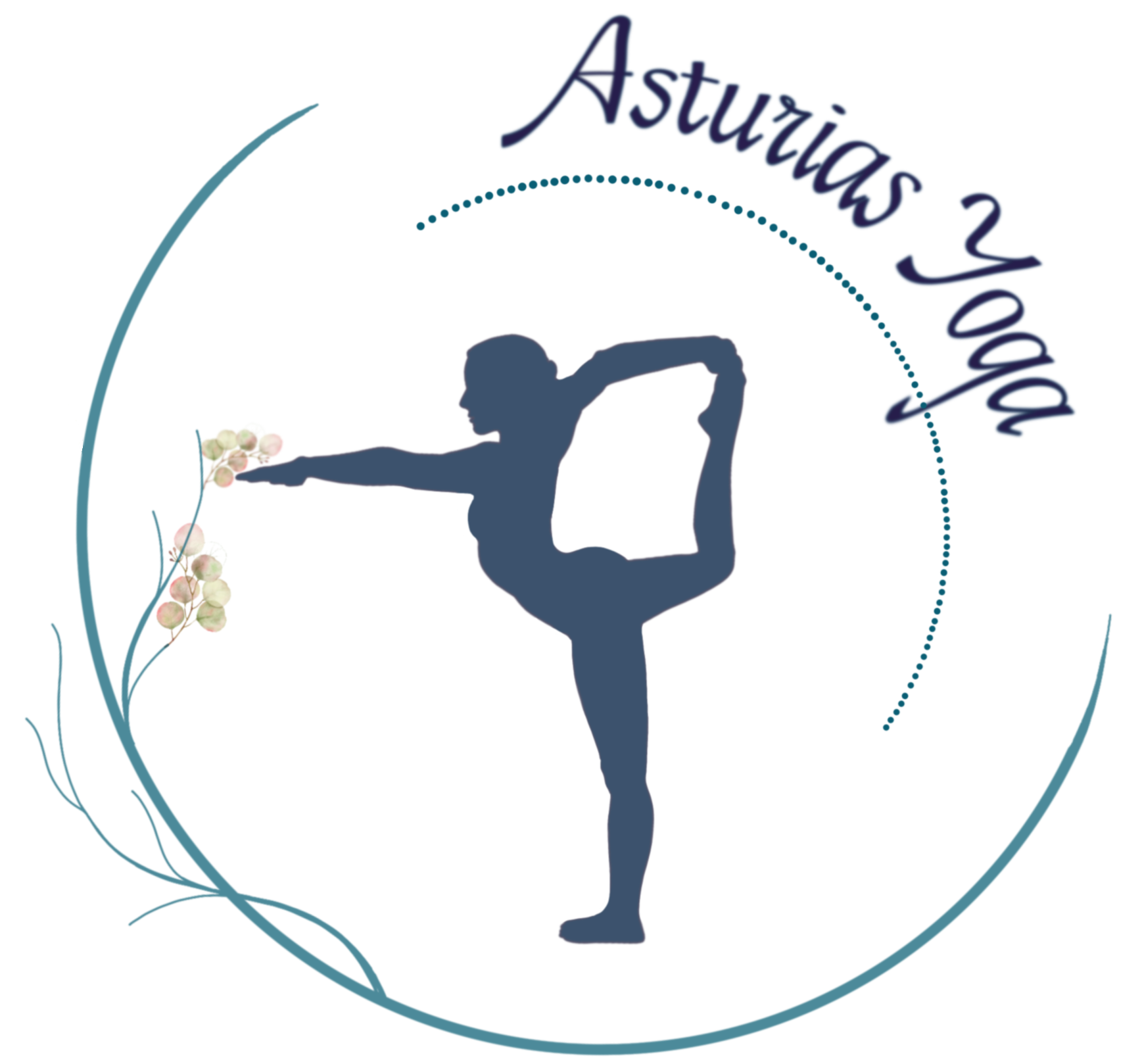Namaste Sangha!
Pattabhi Jois, the teacher of Ashtanga Vinyasa Yoga says “Practice, all is coming”.
In cycling terms, just keep pedalling and you will see the world. Do not waste time choosing the most idyllic routes. Start where you are and pedal on, be prepared, be prepared for anything.
—
There was a strong urge in me to pay for a taxi to carry me and my bicycle the 200km from Delhi to the start of the Himalayas, where surely clean air, quiet and picture-postcard scenery awaited. But it has been my experience, that treasure is hidden in unexpected places.
The 200 km that led from Delhi to the highest mountain range in the world are completely flat – as I pedalled across it, the only time the gradient went over 1 percent was on bridges. The flatness and  the slow average speed of Indian traffic meant that much of my time was spent at higher than normal speeds due to the possibility of slipstreaming. The best slipstreams were the numerous heavily loaded sugarcane lorries, stacked 5m high with loosely bound sugarcane – making for effortless cycling at around 30 km /h. The only drawback was having to dodge the occasional cane that broke loose at speed bumps and dived toward me like a javelin. I also slipped many a smaller lorry (faster but smelling of fumes and sounding of rattling metal) a tractor and trailer (a little slow) and a number of electric rickshaws (pleasant, but not offering so much slipstream due to their diminutive dimensions).
the slow average speed of Indian traffic meant that much of my time was spent at higher than normal speeds due to the possibility of slipstreaming. The best slipstreams were the numerous heavily loaded sugarcane lorries, stacked 5m high with loosely bound sugarcane – making for effortless cycling at around 30 km /h. The only drawback was having to dodge the occasional cane that broke loose at speed bumps and dived toward me like a javelin. I also slipped many a smaller lorry (faster but smelling of fumes and sounding of rattling metal) a tractor and trailer (a little slow) and a number of electric rickshaws (pleasant, but not offering so much slipstream due to their diminutive dimensions).
My route across the plains altered between the busy National Highway and quiet traffic free rural lanes. On the National Highway, despite being the Indian equivalent of motorway, many vehicles drove head on into traffic on the wrong side. There were also wooden carts pulled by bullocks, motorbikes with helmetless families of up to 5 aboard (Daddy driving, 2 young children sitting behind him and Mama sitting side-saddle with a baby on her lap). There was even a flock of over a hundred sheep.
The rural lanes made for idyllic cycling. Flat and with very little traffic, they wound their way through sugar cane plantations, fields of vegetables, along irrigation canals and through small rural villages. Away from the highway, there was silence and clean air. The climate too was idyllic, averaging 25 degrees in the afternoon and always sunny. Following the winding lanes made for an indirect route North, but it was a small price to pay for the pleasure.
While the highway was direct, I received so many requests to be in a “selfie”, it made progress even slower than the rural lanes. Initially I stopped to oblige, but after a while I only allowed myself to be selfied and filmed if it didn’t hinder my rhythm. Often two or three vehicles at once would drive alongside me filming.
After leaving Delhi two weeks passed without seeing a single Westerner. In the plains the frenzy of attention I received led me to suspect many locals had never seen one in the flesh. Riding a bike in India one realizes how few “tourists” there are (actually they are all concentrated into a few defined points).
Speaking some Hindi was a necessity rather than an option and using it delighted many locals, and I was frequently invited to tea and snacks. I was even invited to stay in a fancy townhouse built by the British colonials with a rich Muslim landowning family. As has always been my experience with Muslim hosts, they were aboundingly generous 
 and keen to serve my every need. I was provided a large and comfortable bedroom to myself but didn’t get to spend much time there as I was dined and paraded through the town until well after midnight. From house to house I went, in each a strong chai awaited, and a repeated interview on the nature of Muslim people in Spain and Ireland and my views on Islam and Hinduism. I was warned to greet people in the town with “Asalaam Aleikhum” and not “Namaste”, and it became clear I had to be careful with what I said. Mentioning that I am a Yoga teacher didn’t do me any favours as it is viewed as a Hindu activity, even that I played music was not happily received, “We pray, we do not play music”. By the time I got to bed it was 2 a.m. and I had totalled twelve chais. Despite the room’s obvious comforts, due to extreme chai stimulation, sleep was not forthcoming and it was like a zombie that I started the following days ride.
and keen to serve my every need. I was provided a large and comfortable bedroom to myself but didn’t get to spend much time there as I was dined and paraded through the town until well after midnight. From house to house I went, in each a strong chai awaited, and a repeated interview on the nature of Muslim people in Spain and Ireland and my views on Islam and Hinduism. I was warned to greet people in the town with “Asalaam Aleikhum” and not “Namaste”, and it became clear I had to be careful with what I said. Mentioning that I am a Yoga teacher didn’t do me any favours as it is viewed as a Hindu activity, even that I played music was not happily received, “We pray, we do not play music”. By the time I got to bed it was 2 a.m. and I had totalled twelve chais. Despite the room’s obvious comforts, due to extreme chai stimulation, sleep was not forthcoming and it was like a zombie that I started the following days ride.
Some days of bike touring are a desperate challenge from dawn to dusk, days that have me questioning myself and my choices. The third day on the plains was such a day. One of my Muslim hosts offered to show me ‘ a shortcut’ to Sharanpur, the next city. Starting sleep-deprived at dawn, he drove in front of me while I struggled to keep up, 20 km that left me right back at the dirty highway that I had happily left behind the previous day to instead ride the enchanted rural lanes. His motivation was to buy me a few lumps of his favorite deep-fried balls of Paneer (a soft Indian cheese). Straight after the drawn out exertion it only left me nauseous. It was after that I realized I had only 40 Rs to my name (less than 50 cents).
The few atms I tried would not accept my card. I entered a couple of banks to see if they could change a 50 euro note – to no avail. In one bank the note was passed between every person present, to be looked upon in wonder – for sure it being the first time they had ever seen one, finally returned to me with “no sir, we cannot do this”
In another bank they told me there was one man in Saharanpur (a city of one million people) that could do it and gave me his phone number. So, weary and feeling vulnerably poor, my next desperate struggle was to reach Saharanpur (still 60 km distant) and find Mr. Vijay on a budget of 40 cents (which bought me a kilo of bananas and some filtered water). My poverty did not permit me to sally back to the quiet country lanes, but rather to stick to the hellish highway and spare my forces until I found the money changer.
Saharanpur was yet another noisy dirty and chaotic city of Uttar Pradesh, a state where it seems all cites are so. These U.P. cities fill me with despair, and having finally changed money, despite my exhaustion, I cycled on at 3 p.m. confident I would find accommodation up the road. Up the road was a large area of Muslim population, a population which is clearly poorer in India. The towns consisted of crumbling brickwork and ubiquitous oil stains and flies. At sunset, I was offered a free room when I asked, but couldn’t accept the dark windowless room barely wider than the filthy mattress which lay on the floor. I pedalled into the cold dusk with my lights on for the last two hours with no idea when the trials would end. I began to consider just sleeping in a sugarcane field in my sleeping bag, but the idea of sleeping in a whole day’s accumulation fumes and dust upon me was disgusting and I determined to pedal as many darkness hours as were necessary to find a shower.
After two hours of night riding, resigned to whatever fate awaited, by moonlight I saw a silhouette of a forested hill, the first since Delhi. After the days endless trials, it filled me with a certain awe. This modest hill signalled the beginning of the greatest mountain range on Earth, and right at the foot of it there was a surprisingly clean guesthouse with a perfectly functioning hot shower.
